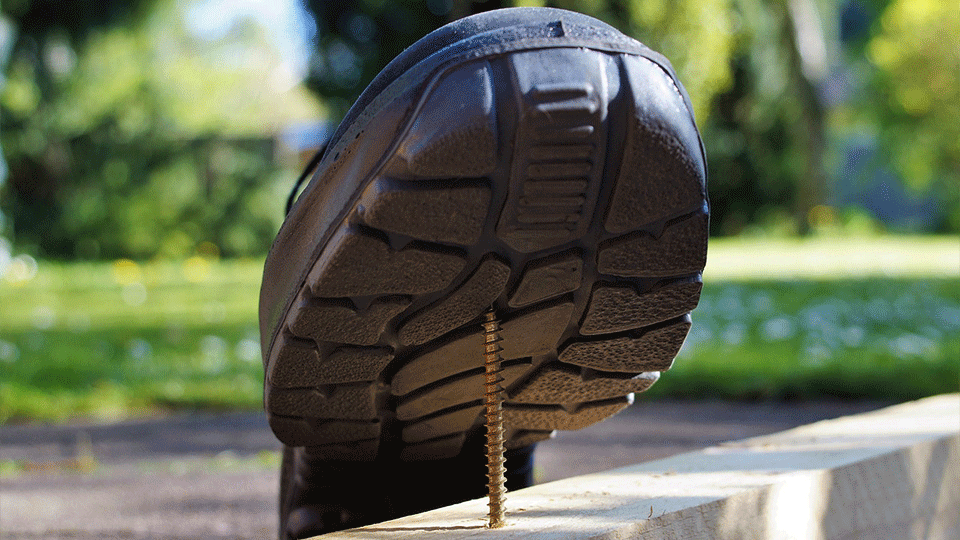

Safety shoes play an essential role in various industry sites, protecting workers from foot injuries due to heavy falling or rolling objects, sharp objects, hot and corrosive materials, and electric shocks. Yet, with long-term wear, safety shoes can develop certain problems that might compromise their protective function or make them uncomfortable to wear. To ensure the continuity of their protective role, understanding these issues is crucial.
Wear and tear are inescapable for every footwear, and safety shoes are no exception. Constant use subjects safety shoes to a great amount of physical strain. Their soles can become worn out, thin, and less resistant to punctures or slipping. The upper material may develop cracks, reducing its resistance to harmful materials.
Dealing with Wear and Tear: Conduct regular inspection of your safety shoes for significant signs of wear. Check for uneven soles, broken toe caps, and leaks. Don't ignore minor damages, as they can escalate quickly and compromise your safety. Replace worn-out safety shoes promptly to maintain your protection at work.
Intended to shield your feet from specific hazards, safety shoes may lose some of their protective capabilities over time. Following long periods of constant use, materials subjected to heavy impacts, severe temperatures, or harmful substances can degrade.
Preserving Protective Capabilities: Pay attention to the longevity of safety features; there's a lifespan for every item, and safety shoes are no different. Be aware when it's time to update your safety shoes, especially if you work in severe conditions or challenging environments.
With time, safety shoes may become less comfortable or supportive, which might lead to discomfort or foot fatigue during long periods of wear. An uncomfortable safety shoe can scale back productivity, and in some cases, even push users away from wearing them, ultimately risking their safety.
Ensuring Comfort and Fit: Always stress on buying the right size of safety shoes. Poorly-fitting shoes can cause discomfort and lead to foot problems like blisters, corns, and bunions. The shoe should provide a snug fit: not too tight, not too loose, with plenty of room for your toes. Consider shoes with insoles or liners for better comfort.
The significance of proper cleanliness and maintenance is often overlooked. Failing to clean safety shoes can lead to a buildup of dirt and grime which can erode the material, lead to malodour and make the shoes uncomfortable to wear. Besides external cleanliness, neglecting minor damages or not resolving them on time can accelerate the wear and tear, shortening the shoes' lifespan.
Implementing Maintenance Protocols: Get into a habit of cleaning your safety shoes regularly. Remove any dirt, grease or chemicals that they might have come into contact with during work. Use recommended cleaning agents and follow the cleaning instructions provided by the manufacturer. For minor damages, such as loose soles or broken laces, have them fixed immediately.
Determining the right time to replace safety shoes is tricky. There isn’t a standard timeline since replacement depends on various factors like the frequency of use, nature of work, and maintenance habits. However, consistently ignoring certain signs can be detrimental.
Signs for Shoe Replacement: Shoes needing replacement often show signs like leaks in waterproof shoes, broken or pierced toe caps, extensively worn out or uneven soles, and discomfort while wearing or removal of the shoes.
In essence, the key to dealing with the problems associated with long-term use of safety shoes lies in understanding the issues, proactive maintenance and timely replacement. Ensuring these not only promises user comfort but also long-term cost savings in medical expenses and shoe replacement, and above all, guarantees a safe workspace. Investing in safety shoes is investing in safety- do not compromise on it.